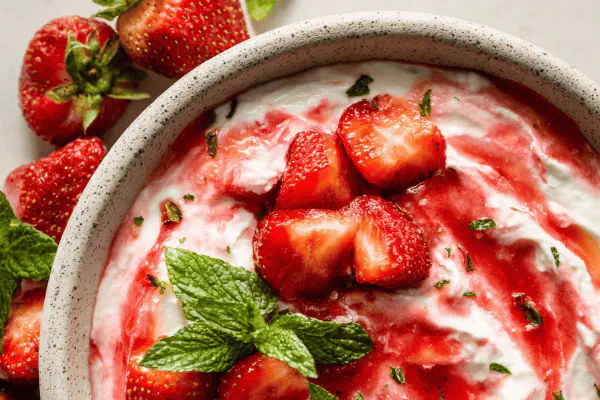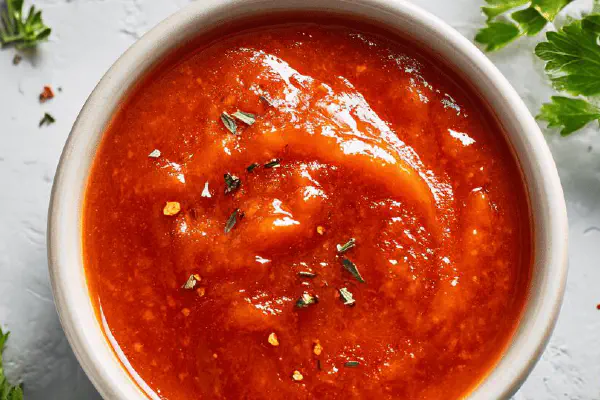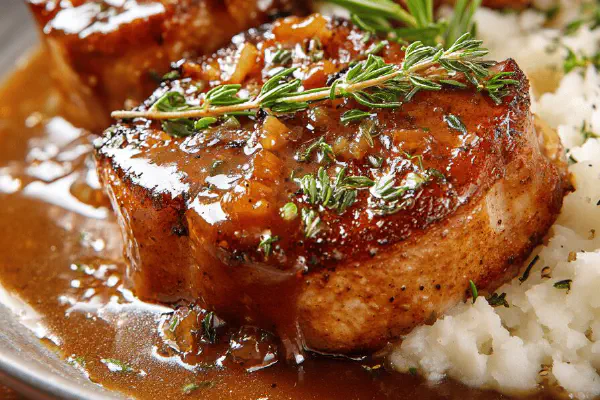Zesty Lemon Royal Icing

E
By Emma
Certified Culinary Professional
•
Recipe tested & approved
A citrusy twist on classic royal icing. Uses aquafaba instead of egg white. Reduced sugar for a lighter bite. Quick whip-up that sets firm yet glossy. Around 30 cookies worth. Perfect for those avoiding eggs and dairy. Lemon zest adds fresh punch; acid tames sweetness. Watch for consistency; too thick — cracks, too thin — runs off edges. Patience with drying ensures that satisfying snap. Based on experiments ditching raw egg, the texture benefits and shelf life improve. Aromas hit sharp, bright, with sugar crunch under fingertips. Glazes cookies that make noise when tapped, a sign of done. Ideal for gluten-free bakes needing sheen and hold.
Prep:
7 min
Cook:
0 min
Total:
7 min
Servings:
36 cookies
#egg-free
#gluten-free
#Royal Icing
#aquafaba
#lemon
#cookie decoration
Royal icing never sat right with me raw egg whites. The risk, the stiffness too brittle sometimes. Aquafaba enters like a surprise player—egg-free, dreamy smooth, surprisingly resilient. Lemon juice sharpens, bright zing cuts sugary saccharine. Messed up once by rushing drying; ended with sticky blobs instead of firm glaze. Always test your weather, humidity’s a sneaky enemy here. Less sugar means less cracking but more fragile hold; more means tough shell that snaps just right. Learned to watch edges; if they pool, glaze too thin. Whipping aquafaba is trick, don’t quit too soon or overdo — soft, shiny ribbons speak volumes. The cup and tablespoon swapped for less sugar feels exotic but playful. Zest adds pop, something missing before. This method means clean hands post-decorating; no slip between fingers. Trust fingers for timing, visually check glossiness, ruptures, and tactile snap when dry. Little things that make the big difference.
Ingredients
- 175 ml (3/4 cup) icing sugar
- 15 ml (1 tbsp) fresh lemon juice
- 30 ml (2 tbsp) aquafaba (chickpea brine), whipped to soft peaks
- 1 tsp lemon zest (optional, for brightness)
- 1/4 tsp cream of tartar (to stabilize aquafaba)
About the ingredients
Aquafaba is a solid egg white replacer here; drain it from canned chickpeas, fresh or canned doesn’t impact flavor much but freshness does. Whip to soft peaks not stiff or dry; you’ll see a gentle mound holding shape without cracking—a critical factor. Using lemon zest elevates the flavor beyond flat lemon juice alone; small but mighty. Cream of tartar gives aquafaba structure, avoids sugary weeping common when beaten liquids collapse. Swap white sugar for powdered diabetic versions if constrained, adjust liquids accordingly. If the glaze feels too runny, add more sifted icing sugar gradually; too thick, add small lemon juice droplets but careful, it ruins drying time quickly. Sifting sugar is non-negotiable; ensures the glaze’s smooth texture and even drying, avoids bumps. Store leftover glaze covered with cling wrap pressed directly on surface to prevent drying out. Flavor variations possible with orange zest or vanilla extract replacing lemon, but watch moisture impact.
Method
Preparation
- Start by straining the aquafaba to remove any grit; whip in a chilled bowl until soft peaks form, about 3 minutes — sharp peaks will dry out icing.
- Sift the icing sugar finely to avoid lumps in glaze; stirring lumps ruins smooth texture.
- Gently fold the sifted sugar into whipped aquafaba, add cream of tartar — stabilizes foam, prevents weeping later.
- Pour in lemon juice gradually while folding, to keep consistency balanced; too much liquid makes it watery and runny.
- Add lemon zest at the end, fold lightly to distribute without deflating meringue texture.
- Consistency test: glaze should coat back of a spoon, leaving a smooth layer but still flow slowly — not a drip race.
- Dip cookie tops just enough to cover, don’t overload or edges get soggy and bleed.
- Place dipped cookies on a wire rack. Ambient dryness matters; too humid—white haze; avoid fridge — condensation ruins finish.
- Let dry uncovered for 10-14 hours at room temp, ideally around 20°C/68°F — touching slightly elastic, sound off when tapped lightly.
- Store in airtight container to preserve crispness; moisture softens glaze quickly.
Cooking tips
Whisk aquafaba before adding sugar—ensures aeration and volume. Folding sugar in gently keeps foam intact; rapid stirring destroys structure, makes glaze dull and flat. Gradual acid addition is crucial—too fast breaks foam, ruins consistency, similar to meringue basics. The coating test is the best judge, not numbers on timer—tell by how it drapes on spoon, thick sheen but slow drip. Dipping cookies quickly avoids sogginess on edges; longer between dipping steps makes glaze set in bowl edges. Use a wire rack, not a solid plate, for drying to allow air circulation and avoid sticky bottoms. Drying time varies with room conditions; feel surface tackiness—done when lightly firm not sticky. A tap on cookie should give slightly hollow clack, a final test of full drying. If rushed, glaze turns dull or sticky. Do not fridge glaze; condensation ruins finish and texture, let ambient air do work. Clean-up easy with warm water; old dried glaze requires scraping.
Chef's notes
- 💡 Whip aquafaba chilled bowl only; stopping at soft peaks critical. Overbeat—sharp peaks dry icing out, fragile crust forms that cracks easy. Watch texture closely; soft shiny ribbons means go.
- 💡 Sift icing sugar finely before folding in. No sift equals bumps, uneven drying, gritty feel. Fold gently; rapid mixing kills air, flattens foam, makes glaze dull and thick to drip. Slow gradual sugar keeps volume.
- 💡 Add lemon juice drip by drip during fold. Acid too fast breaks foam structure, glaze runs or separates. Small amounts adjust viscosity—too thin runs off edges; thick cracks while drying. Balance is key here.
- 💡 Zest last; fold lightly. Zest brings pop without weakening meringue. Overmix deflates, meringue loses hold. Final color changes subtly; fresh zest scent sharpens aroma—watch your nostrils for that freshness hit.
- 💡 Consistency test: spoon back coating, thick slow drip but not race down handle. If glaze slides fast, add more sifted sugar few grams at a time. If cracks appear on drying, add tiny lemon juice drops to loosen, but beware drying time extension.
Common questions
Aquafaba not whipping up?
Check freshness, chill bowl and whisk. Canned works but liquid consistency matters. Add cream of tartar to stabilize foam. Overwhipping makes brittle peaks; underwhip means flat glaze.
Glaze too runny?
Add sifted sugar gradually. Citrus juice thins glaze; pour slowly. Or whip aquafaba more but soft peaks only. Rushing drying stiff glaze causes cracks, delays firmness.
Why glossy but sticky?
Drying environment too humid or glaze too thick. Fridge condensation ruins finish. Use wire rack, dry 10-14 hours ambient dry air. Avoid touching while tacky.
Storing leftover glaze?
Cover surface with cling wrap pressed tight to avoid crust. Refrigeration ruins texture, moisture causes weeping. Use within a day. Re-whip gently if some liquid separates.



